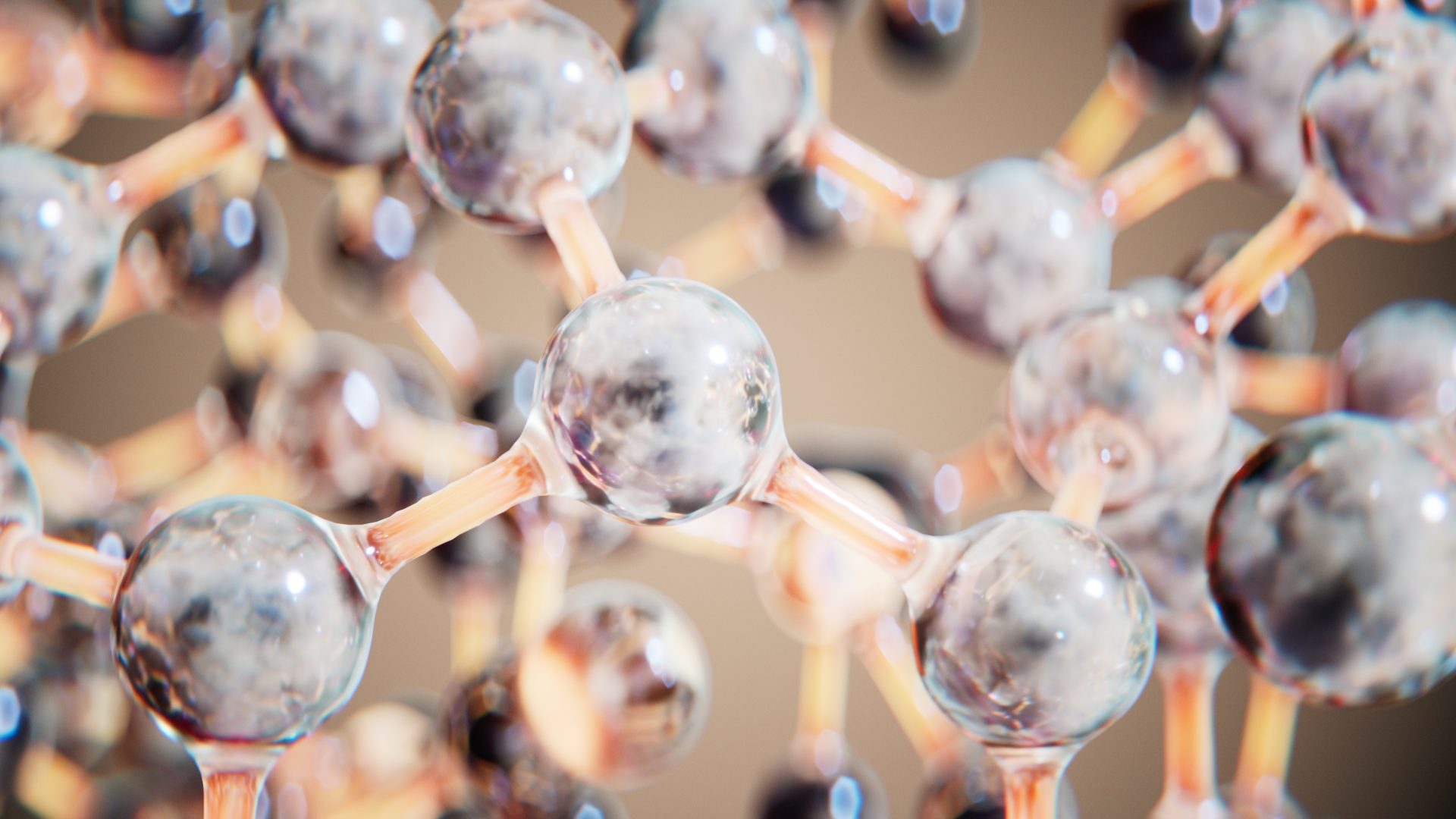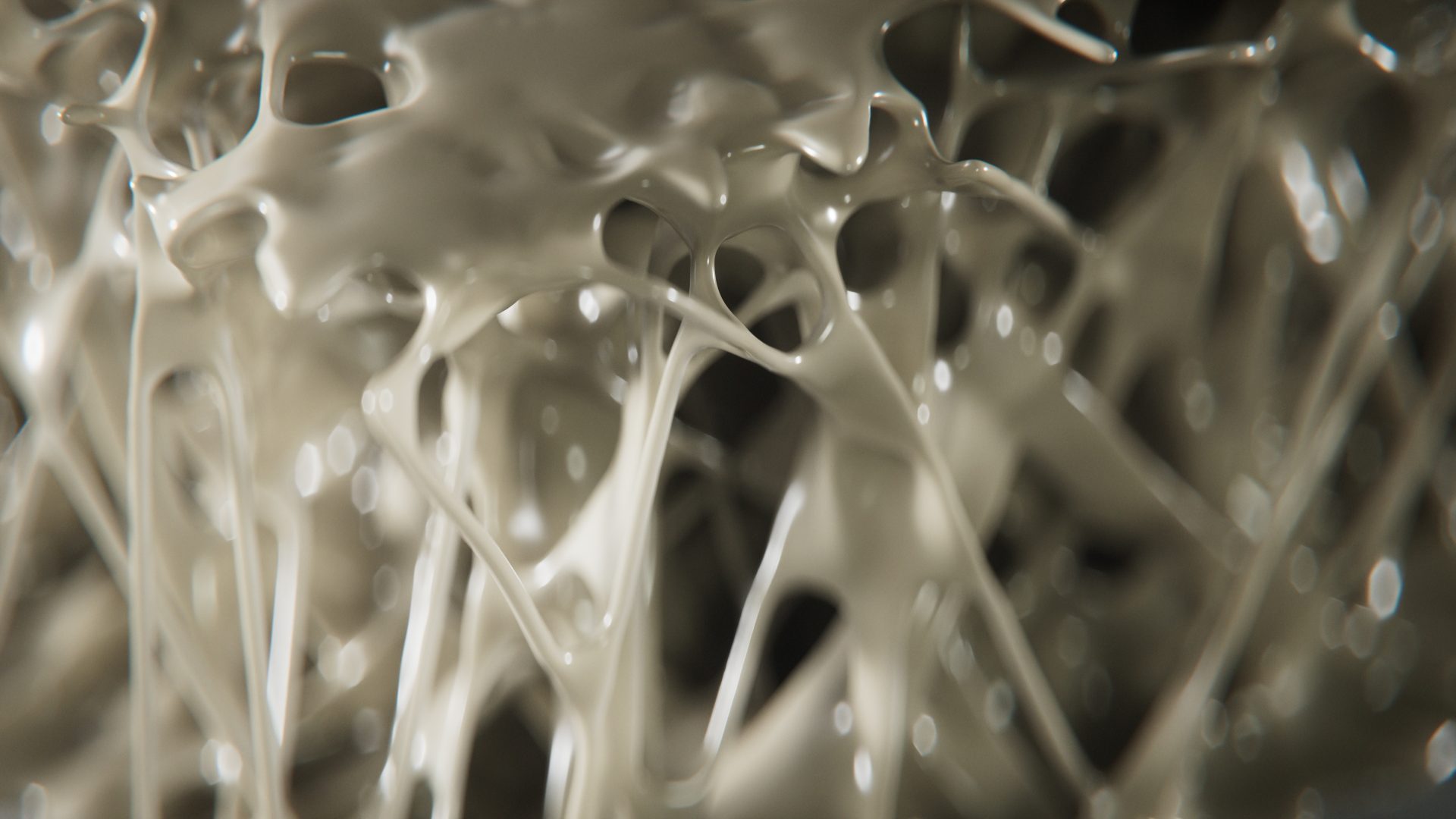Engineered Polymer Composites with Nanostructured Materials.

High Sorption Capacity
Polymer composites are capable of absorbing a significant amount of moisture and other gas molecules, preventing them from reaching the sensitive components.

Tunable Kinetics and Selectivity
Polymer composites can be engineered to have specific sorption rates and selectivity for certain gas molecules, depending on the requirements.

Adaptability
Polymer composites can be formulated to work with a wide variety of processing conditions and device designs.
Unveiling the Extraordinary Properties of Nanostructured Materials for Engineered Polymer Composites.
At the micro and nano scale, certain materials such as metal oxides and zeolites exhibit diverse and distinctive properties that are also dependent on their unique manufacturing processes. These materials can serve as the technological foundation for engineered polymer composites that incorporate metal oxides or nanostructured zeolites into suitable polymer matrices.
Polymers are composed of repeating chemical units that form long chemical chains. Once cross-linked, these chains become interconnected in a three-dimensional network.
This 3D matrix can also serve as a host for solid particles that possess specific properties, such as selective gas sorption or improved barrier properties for gases. The surface area of the particles is crucial for gas sorption, as it allows for a large number of interactions with molecules that come into contact with it. Zeolites are a family of aluminosilicates that vary in terms of their silicon/aluminum content ratio. Some zeolites may have pore diameters of less than 2 nanometers, resulting in an incredible surface area of up to 500 square meters per gram. This means that just 14 grams of zeolites can cover an entire soccer field surface.
Mastering the Complexity of Polymer Composite Formulations.
Polymer composites are the result of an accurate selection process involving a suitable polymer matrix, one or more active fillers (such as oxides, nanostructured materials, or others), and a variety of additional constituents that fine-tune the formulation and make it both processable and effective in its final application. Optimizing multiple functional properties in a single encapsulating medium is a complex materials science challenge. Furthermore, the fact that devices that require polymer composite-based getters or barrier adhesives can be sensitive to heat or radiation adds further constraints to materials design. By carefully considering the formulation and the chemical, physical, and surface properties of the active fillers, as well as those of the additional constituents, polymer getter composites can exhibit the desired performance characteristics. These include gas sorption capacity and kinetics, low vapor or gas transmission rate, processability under specific conditions, mechanical flexibility, optical transparency and others.
Next-Generation Polymer Getter Composites for Advanced Device Packaging.
Polymer getter composites have the ability to adapt to a wide range of new generation flexible and foldable electronic devices and photovoltaics in both dispensable form and as active coatings. These composites can protect the organic layers at the core of these products from moisture at a single molecule level. High sorption capacity, tunable kinetics, selectivity, and adaptability to a vast range of processing conditions and device designs make SAES getter polymer composites an enabling solution for device packaging. In the field of flexible electronics, encapsulation presents an increasing challenge because additional mechanical features such as flexibility, adhesion, durability, and robustness are required. Combining the good barrier properties of a glassy epoxy system with increased polymer chain mobility is not an easy task.
It requires hard work to address the structure of the polymer backbone, the distribution of molecular weights, the glass transition temperature, and the optimized dispersion of tailor-made getter particles.
SAES fully flexible active sealant, FlexGlooTM, is a top-performing edge sealant for plastic electronics, especially when coupled with AqvaDry™ OCA. This combination guarantees more than 10% water sorption capacity while maintaining its full transparency. In Thin Film Encapsulation (TFE) of smartphone AM-OLED displays, SAES AqvaDry™ Ink has proven a performance enhancer, acting both as an organic planarization layer and a getter for moisture, enabling the use of fewer inorganic barrier layers (e.g. SiNx, SiOx) and limiting the number of processing steps and the associated times and costs.




